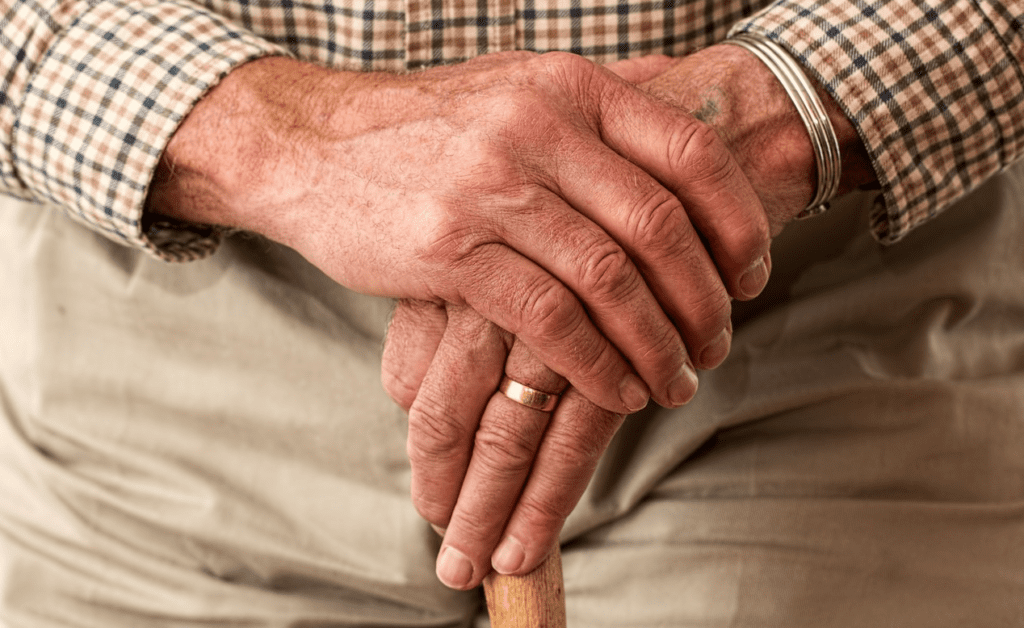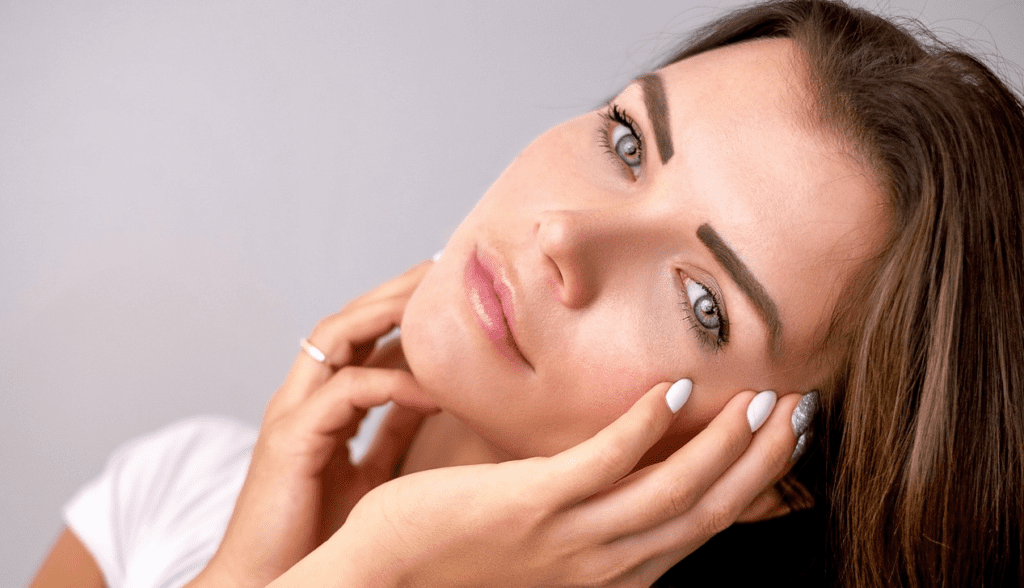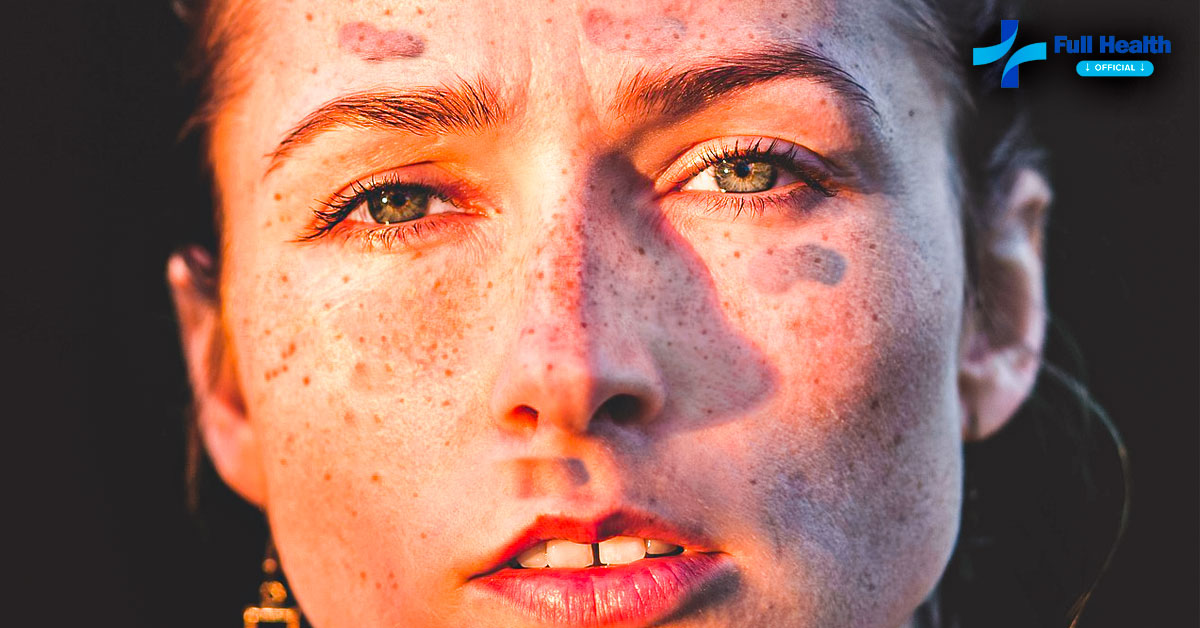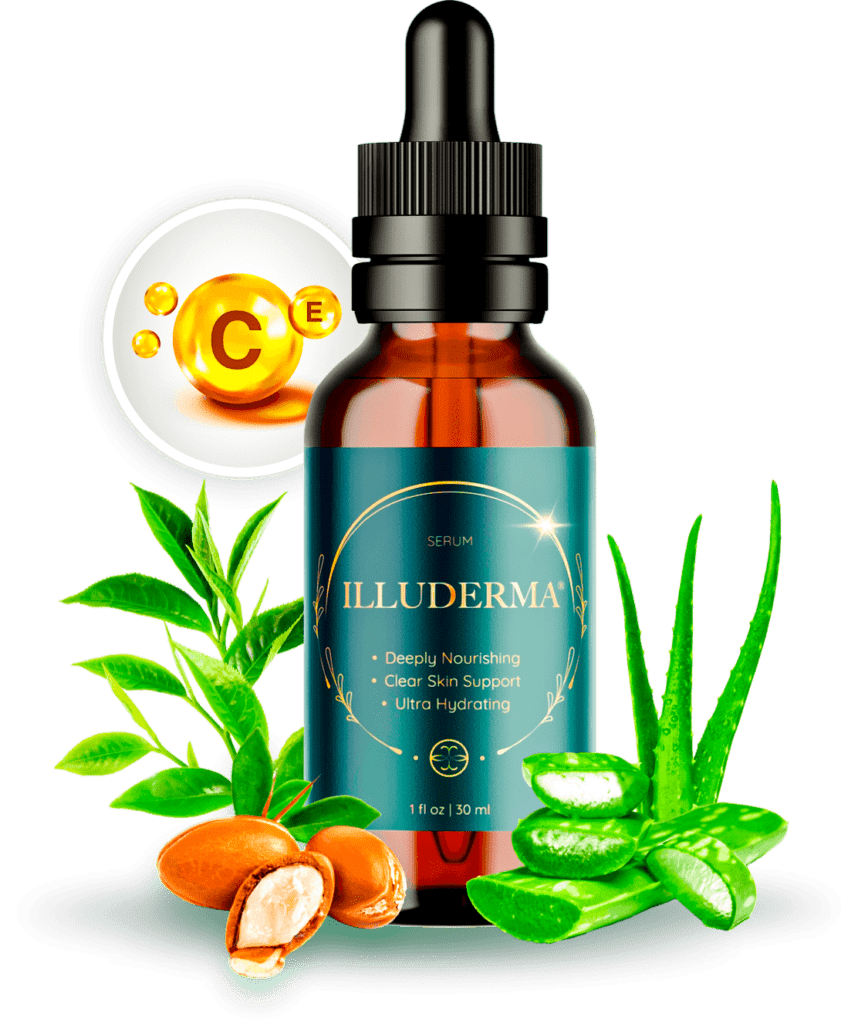Dark spots on the skin are a problem that affects many people, bringing concerns that go beyond aesthetics. Whether on the face or other parts of the body, these spots can impact self-esteem and well-being, creating the need to seek effective solutions. But what exactly causes these unwanted marks? How can we prevent and treat them properly?
In this journey of discovery, we will explore the origins of dark spots, understand their most common causes, and present the best strategies to keep your skin healthy and radiant. Get ready to learn how to better care for your skin and regain confidence in your appearance.

📜Contents
- 1 What Are Dark Spots on the Body? 🤔
- 2 Why Do Dark Spots Appear on the Skin? 📌
- 3 Causes of Dark Spots on the Body ❤️🩹
- 4 Symptoms and Identification of Dark Spots 🤒
- 5 Dark Spots on the Face ⚠️
- 6 Prevention of Dark Spots 🛡️
- 7 Treatments for Dark Spots on the Body and Face 🧪
- 8 100% Natural Supplement for Dark Spots on the Skin 🍃
- 9 When to Seek Medical Help 👨⚕️
- 10 Conclusion 💥
- 11 Also Read – More Posts 💡
What Are Dark Spots on the Body? 🤔
Definition of Dark Spots
Dark spots on the skin, also known as hyperpigmentation, are areas of the skin that become darker than the natural skin tone around them. This change in color occurs due to the excessive production of melanin, the pigment that gives color to the skin.
Although dark spots can appear on any part of the body, they are more common in areas most exposed to the sun, such as the face, hands, and arms.
Why Do Dark Spots Appear on the Skin? 📌
Dark spots can arise for various reasons, but they all share a common characteristic: localized increases in melanin production. Factors such as sun exposure, hormonal changes, age, and even skin injuries can trigger this excessive melanin production.
In some cases, these spots are temporary and disappear over time or with appropriate treatment. However, in others, they can persist and become a significant cosmetic concern.

Causes of Dark Spots on the Body ❤️🩹
Genetic Factors and Predisposition
Genetics play a fundamental role in the predisposition to developing dark spots. Some people are genetically more prone to hyperpigmentation due to increased activity of melanin-producing cells.
This means that even with minimal sun exposure or other external factors, these people may notice the appearance of dark spots over time. Moreover, hereditary conditions such as melasma can be exacerbated by environmental factors, further increasing the chances of these spots appearing.
Sun Exposure and the Effects of UV Radiation
Sun exposure is one of the main causes of dark spots on the skin. The sun’s ultraviolet (UV) radiation stimulates melanin production as a natural form of skin protection. However, this production can become excessive, leading to the appearance of sun spots, also known as solar lentigines or age spots. Protecting the skin from the sun is essential to prevent these spots, as cumulative exposure over the years can result in unevenly pigmented skin.
- The Importance of Sun Protection: Using sunscreen daily, even on cloudy days, is one of the best ways to prevent the appearance of sun spots. Additionally, wearing hats, sunglasses, and protective clothing helps minimize UV exposure, reducing the risk of hyperpigmentation.
- Sun Spots and How to Prevent Them: Sun spots usually appear on exposed areas, such as the face, hands, and shoulders. To prevent them, in addition to sun protection, it is important to avoid sun exposure during peak hours (between 10 am and 4 pm) and reapply sunscreen every two hours, especially if you are in water or sweating.
Post-Inflammatory Hyperpigmentation
Post-inflammatory hyperpigmentation occurs when a skin injury or inflammation, such as acne, eczema, or even a cut, results in a dark area after healing. This happens because inflammation stimulates melanin-producing cells to produce more pigment as part of the healing process. These spots can be frustrating, especially since they tend to take longer to fade, but there are treatments that can speed up this process.

Hormonal Changes
Hormonal changes are a common cause of dark spots, especially in women. Conditions such as pregnancy, oral contraceptive use, and hormone therapy can trigger melasma, a condition characterized by symmetrical dark spots, usually on the face. Melasma is often called the “mask of pregnancy” because it is common during pregnancy, but it can affect anyone experiencing significant hormonal fluctuations.
Aging and Age Spots
As we age, our skin undergoes various changes, including a decrease in the ability to renew cells. This, coupled with cumulative sun exposure over the years, leads to the appearance of age spots, also known as liver spots. These spots are common in people over 50 and, while benign, are often treated for cosmetic reasons.
Use of Medications and Cosmetic Products
Some medications, such as contraceptives, antibiotics, and acne treatments, can make the skin more sensitive to light, increasing the risk of dark spots. Additionally, cosmetic products containing harsh or inappropriate ingredients for your skin type can cause irritation and inflammation, leading to hyperpigmentation. It is essential to use products suitable for your skin type and follow medical guidance when using medications that can increase sun sensitivity.
Other Common Causes
In addition to the mentioned causes, factors such as pollution, stress, and lifestyle can also contribute to the appearance of dark spots. Pollution can cause oxidative damage to the skin, while stress can trigger inflammation resulting in hyperpigmentation. An unbalanced lifestyle, with inadequate nutrition and lack of skincare, can also aggravate the problem.

Symptoms and Identification of Dark Spots 🤒
Types of Spots
There are several types of dark spots, each with specific characteristics
- Sun Spots: Small and usually brown, they appear on areas exposed to the sun.
- Melasma: Symmetrical dark spots, commonly on the face, associated with hormonal changes.
- Age Spots: Also called liver spots, they are larger and darker, occurring mainly in older people.
- Post-Inflammatory Hyperpigmentation: Spots that appear after a skin injury or inflammation.
Identifying the type of spot is crucial to determining the most appropriate treatment.
Difference Between Dark Spots and Other Skin Conditions
Not all dark spots are harmless. Some may indicate more serious conditions, such as melanoma, a type of skin cancer. If a spot changes in color, size, or shape, or causes pain, itching, or bleeding, it is essential to consult a dermatologist for a more detailed evaluation.

Dark Spots on the Face ⚠️
Specific Causes for the Face
The face is one of the most exposed and vulnerable areas to the development of dark spots. Sun exposure, acne, melasma, and the use of inappropriate cosmetics are the most common causes. The face is also more susceptible to spots due to constant exposure to environmental factors and frequent touching, which can spread bacteria and cause inflammation.
Aesthetic and Psychological Impact
Spots on the face have a significant impact on self-esteem and psychological well-being. They can cause discomfort, embarrassment, and even lead to social anxiety. Treating these spots goes beyond aesthetics; it is about regaining confidence and improving quality of life.

Prevention of Dark Spots 🛡️
Daily Skincare
Preventing dark spots starts with a daily skincare routine
- Sun Protection: Applying sunscreen every day, even on cloudy days, is essential to protect the skin from UV damage.
- Proper Cleansing: Cleaning the skin daily helps remove impurities that can cause irritation and hyperpigmentation.
- Hydration: Keeping the skin hydrated helps preserve its protective barrier, preventing damage and the appearance of spots.
Diet and Hydration
A balanced diet, rich in antioxidants, vitamins, and minerals, contributes to skin health and helps prevent spots. Proper hydration, both through water consumption and the use of moisturizers, keeps the skin healthy and less prone to spots.
Avoid Excessive Sun Exposure
Avoiding the sun during peak hours, wearing hats and protective clothing, and reapplying sunscreen regularly are essential measures to prevent the appearance of dark spots.

Treatments for Dark Spots on the Body and Face 🧪
Home and Natural Treatments
Some natural ingredients can help lighten dark spots
- Lemon: Rich in vitamin C, it can help lighten the skin but should be used carefully due to the risk of sun sensitivity.
- Aloe Vera: Known for its soothing and regenerative properties, aloe vera can help soften the skin and reduce spots.
- Apple Cider Vinegar: Used in small amounts, it can help balance the skin’s pH and lighten dark spots.
Cosmetic Products
Lightening creams, exfoliants, and sunscreens are essential in the treatment of dark spots. Choosing products suitable for your skin type and following a consistent skincare routine can make a significant difference in the appearance of your skin.
Dermatological Treatments
For more persistent spots, dermatological treatments such as chemical peels, laser therapy, and microdermabrasion are effective options. These treatments should be performed by qualified professionals who can assess the best approach for each skin type and spot.
Consultations with Specialists
If dark spots do not respond to home or cosmetic treatments, it is crucial to consult a dermatologist. The specialist can diagnose the exact cause of the spots and recommend the most appropriate treatment, ensuring effective and safe results.

100% Natural Supplement for Dark Spots on the Skin 🍃
Caring for your skin is not just about correcting visible problems but also about nourishing the body to prevent future complications. Natural supplements play a crucial role in this process, providing the nutrients often missing from our daily diet.
They help strengthen the skin and aid in regeneration, preventing the appearance of spots and imperfections.
An extraordinary example is illuDerma, a 100% natural supplement designed to support your skin’s health. Formulated with 16 powerful natural ingredients, illuDerma works uniquely by creating a protective barrier against damage caused by blue light, one of the major culprits of premature aging.
These ingredients work synergistically to detoxify, lighten dark spots, and restore the skin’s natural glow, protecting it while its layers regenerate.
Incorporating illuDerma into your routine can be highly beneficial, as it is an investment in your confidence, well-being, and, most importantly, your health, potentially offering healthier, revitalized, and luminous skin that reflects your best self.
When to Seek Medical Help 👨⚕️
Warning Signs
- Although many dark spots are benign, some may signal something more serious, such as melanoma. If a spot changes in color, size, or shape, or causes pain, itching, or bleeding, it is crucial to seek a medical evaluation. Early diagnosis is essential for the effective treatment of more severe conditions.

Conclusion 💥
Summary of the Importance of Treatment and Prevention
Dark spots can be a significant cosmetic concern, but with proper care and treatment, it is possible to prevent and treat these skin marks. Protecting your skin from the sun, maintaining a consistent skincare routine, and seeking treatment when necessary are fundamental steps for healthy and even-toned skin.
Encouragement to Adopt Preventive Care and Appropriate Treatment
Adopting a preventive approach, combined with effective treatments, not only improves the appearance of the skin but also promotes overall skin health. Taking care of your skin is taking care of yourself, promoting well-being and self-esteem.
Also Read – More Posts 💡






[…] Dark Spots: What They are, Causes, Symptoms and Treatment […]
[…] Dark Spots: What They are, Causes, Symptoms and Treatment […]
[…] Dark Spots: What They are, Causes, Symptoms and Treatment […]